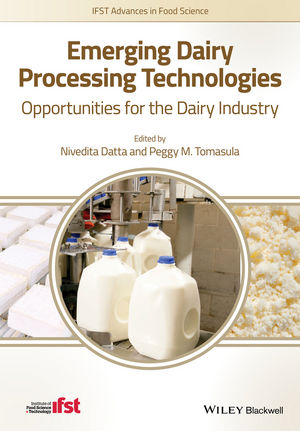As we age, shift happens, and dairy foods are ideal for getting vital vitamins/minerals

It’s a fact of life: As we age, shift happens. The shifts include: increased body fat and decreased muscle mass which slows metabolism, decreased bone density, memory changes, declining vision and decreased production of stomach acid.
Some of these shifts result in an increased need for certain nutrients, and when coupled with diminished appetite, it can be more difficult to get optimal amounts.
All are a part of normal aging; however, they can have nutritional and health consequences. The good news is that optimal nutrition may delay or moderate these shifts which can result in increased quality of life, health and longevity.
Fewer calories but more nutrients
As metabolism slows with age, older adults require fewer calories to maintain a healthy weight, but the requirement for nutrients remains static or increases. To slow or prevent age-related loss of muscle mass — and therefore loss of strength and mobility — the requirement for high-quality protein increases. Because of decreased production of stomach acid which causes suboptimal absorption of vitamin B-12, the need for dietary B-12 increases. And due to less efficient conversion of vitamin D to its active form, the need for this nutrient also increases.
The bottom line: Focusing on the consumption of nutrient-rich foods is especially critical for older adults.
Bioactives such as lutein and docosahexanoic acid (DHA, an omega-3 fatty acid) must also be addressed to promote healthy aging, said Elizabeth Johnson, scientist with the Jean Mayer USDA Human Nutrition Research Center on Aging and associate professor with the Friedman School of Nutrition and Science Policy, Tufts University, Boston.
Lutein is a macular pigment that may play a role in reducing the development and progression of age-related macular degeneration (AMD). Recent studies suggest that it also plays a role in better cognitive function. Decreases in DHA status are associated with AMD and cognitive decline in the elderly and those with Alzheimer’s.
As the aging population grows, the incidence of AMD and cognitive decline is expected to rise.
“Although not essential nutrients, lutein and omega-3 fatty acids are very important for neural health, including vision and cognition,” Johnson said. “The best way to attack public health issues is prevention, and diet is a great way to prevent disease. If you can do it through foods, do it through foods; but supplements may be warranted.”
The Age-Related Eye Disease Study 2 found that AMD patients with low lutein status who received lutein supplementation had a decrease in AMD progression.
Dairy Rx: more calcium, vitamin D
Johnson’s advice for the dairy industry is to determine how to incorporate more calcium and vitamin D — and possibly highly bioavailable and digestible lutein and DHA — into dairy products that are affordable for consumers with limited budgets. Her perspective on DHA-fortified milk and yogurt is that “every little bit helps.” Americans get about 150 mg per day of EPA+DHA omega-3 fatty acids, but the recommendation for heart health is about 1,000 mg per day.
Fortification with lutein is possible.
“With advancements in spray drying and encapsulation, it’s increasingly straightforward to incorporate materials like lutein into a variety of applications including dairy-based beverages,” said Russ Hazen, Premix Innovations Manager, Fortitech Premixes, Schenectady, N.Y. And research supports the bioavailability of lutein-fortified [fermented] milk.
Tips for packaging
According to Canadean, an international consumer goods market research company, older consumers are looking for dairy products that meet their unique needs, including calcium, riboflavin, omega-3 and DHA. Consumers aged 55 and older account for over a fifth of dairy consumption in the United States, which was worth almost $8.7 billion in 2013. In a press release last year, the company suggested that manufacturers formulate products with extended shelf life, package products in smaller quantities in lightweight, easy-to-open containers, and focus on communicating their products’ health benefits related to keeping active and maintaining health rather than mentioning older consumers’ vulnerabilities.
Fortitech’s Hazen recommends considering taste perception as well.
“The sucrose threshold for people over 65 is three times higher than in young adults and elevated taste thresholds are also seen in the elderly for salt, sour and bitter tastes,” he said.
Shift happens to everyone, eventually. By providing products that proactively address optimal nutrition for aging, the dairy industry can help consumers make the best of this shifty situation.
Looking for a reprint of this article?
From high-res PDFs to custom plaques, order your copy today!









